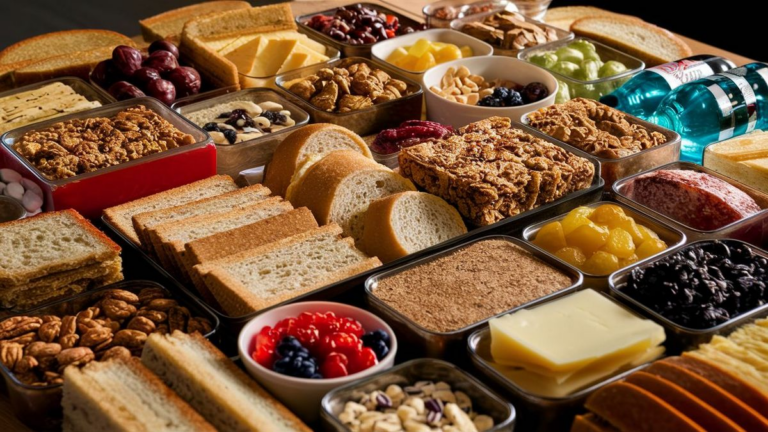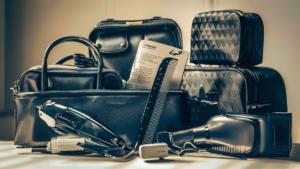Traveling by plane often involves careful consideration of what items can be brought onboard, especially when it comes to food. Understanding what food items are allowed can help make your journey smoother and more enjoyable.
Permitted Foods
When it comes to food, most solid items are generally permitted in carry-on luggage. These include:
- Fruits and vegetables
- Sandwiches and wraps
- Snack bars and granola bars
- Crackers and chips
- Pre-packaged meals
Limitations and Restrictions
While many foods are allowed, there are some limitations and restrictions to keep in mind:
- Liquids: Be cautious with liquids such as soups, sauces, and dressings, as they are subject to the TSA’s 3-1-1 rule, which limits the amount of liquids in carry-on luggage to containers no larger than 3.4 ounces (100 milliliters) per item, all of which must fit in a single quart-sized bag.
- Spreads and dips: While solid foods like peanut butter and hummus are generally allowed, be sure they comply with the liquid limitations mentioned above.
- Sharp utensils: Avoid packing sharp knives or utensils in your carry-on, as they may be confiscated by security.
- Perishable items: Foods that require refrigeration or have a short shelf life may not be allowed, as they could spoil during the flight.
Best Practices for Packing Food
To ensure a hassle-free experience, consider the following tips when packing food for your flight:
- Use leak-proof containers to prevent spills and messes.
- Choose foods that are easy to eat without utensils or minimal cleanup.
- Opt for non-perishable items or foods that can withstand room temperature for an extended period.
- Label homemade or unpackaged items clearly to expedite security screening.
International Travel Considerations
When traveling internationally, it’s essential to familiarize yourself with the customs and regulations of your destination country regarding food imports. Some countries have strict rules regarding the types of food that can be brought across borders, so be sure to research and comply with these regulations to avoid any issues upon arrival.
Bringing food onboard a plane can add convenience and comfort to your journey, but it’s essential to be aware of the rules and regulations governing what is allowed. By adhering to these guidelines and packing thoughtfully, you can enjoy your favorite snacks and meals while traveling without any hassle.
Frequently Asked Questions
Here are some common questions regarding bringing food on a plane:
| Question | Answer |
|---|---|
| Can I bring homemade meals? | Yes, homemade meals are generally allowed, but it’s recommended to pack them in leak-proof containers and label them clearly for security screening. |
| Are there restrictions on baby food and formula? | Baby food and formula are exempt from the TSA’s 3-1-1 rule, but they may require additional screening at security checkpoints. |
| Can I bring alcoholic beverages? | Alcoholic beverages over 140 proof are not permitted in carry-on luggage. Beverages with less than 140 proof are subject to the TSA’s liquid limitations. |
| What about dietary restrictions or special meals? | If you have dietary restrictions or require special meals, such as kosher or gluten-free options, you can typically bring your own food onboard. It’s advisable to inform the airline in advance to accommodate your needs. |
Additional Tips
In addition to the guidelines mentioned, here are some extra tips for packing food when flying:
- Consider bringing a reusable water bottle to refill after passing through security to stay hydrated during your flight.
- Avoid packing foods with strong odors to be considerate of fellow passengers.
- Check with the airline if they offer onboard meal options or if you need to bring your own food.
See also:






